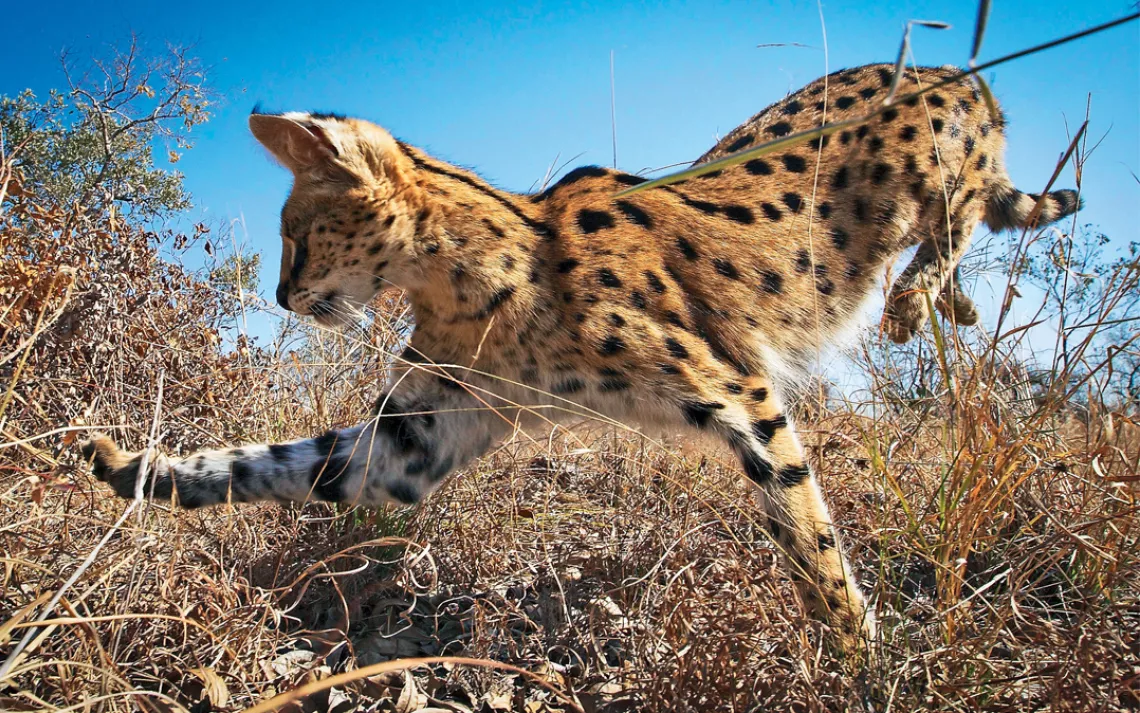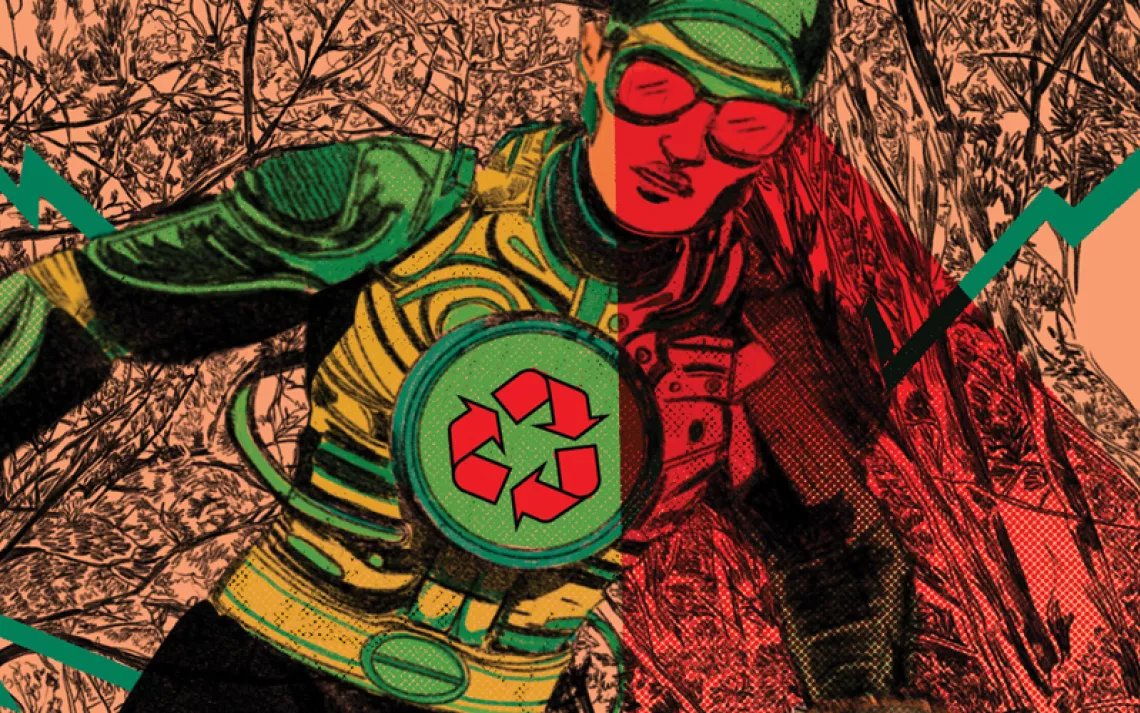BBC's Planet Earth II Gets Up Close and Personal to Animals
The sequel to the 2006 series brings to the fore the high-stakes, often-hidden struggles of the planet's unsung heroes

A serval cat in South Africa leaps three meters through the air to attack her rodent prey from above. She sports the largest ears and longest legs of any cat in the world relative to body size. | Photo by Chadden Hunter
In 2006, naturalist Sir David Attenborough's Planet Earth revealed the stunning breadth of biodiversity that exists in rainforests, caves, and remote ice worlds. Filmed in high-definition, that first BBC series gave audiences a new appreciation for the fascinating and fragile place we call home.
Four years in the making, its shiny new sequel, Planet Earth II, is less a documentary and more a drama about the high-stakes, often-hidden struggles of Earth's heroes: its animals. Using 4K resolution, the latest "ultra" in high-def technology, as well as drones and remotely operated cameras, Planet Earth II intimately depicts even those creatures tucked away in the most far-flung corners of the globe. Its six episodes do not downplay the irony of the situation—advances in our ability to observe and celebrate the comic back-scratching of grizzlies and the bizarrely synchronized mating parades of flamingos are occurring while animals are disappearing.
With trademark gravitas, a sparkly-eyed Attenborough raises the curtain on Planet Earth II from a hot-air balloon two miles above Earth's surface. "Today, much has changed," the nonagenarian says, referring to the decade since the series debuted. He proclaims now to be the natural world's "most crucial time." In each installment, Attenborough examines an iconic "last wilderness"—jungles, islands, mountains, deserts, plains, and even the urban jungle—finding new ways to communicate that these habitats are, increasingly, under threat from the effects of a changing climate.
Viewers are offered remarkable proximity to the penguins that risk being battered each time they fish in the waters off their volcanic sub-Antarctic island; bobcats that can no longer land the leap across widening Rocky Mountain streams; and displaced Araguaian river dolphins (discovered in 2014 and caught on camera for the first time here) that swim amid bioluminescent fungi in flooding jungles. The crew captures desert lionesses as they pursue, with increasing desperation, a herd of giraffes over Namibian sands, and hungry arctic wolves closely trailing caribou across the tundra. It also documents city dwellers in Mumbai and New York as they adapt to their newest neighbors: leopards and peregrine falcons.
Fluid camera work puts viewers alongside leaping lemurs and on the backs of golden eagles soaring among snowcapped alpine peaks. We can read the disappointment on the pygmy three-toed sloth's face after he learns that a coveted lady sloth—for whom he's endured a slow, hopeful, interisland swim—is spoken for, and witness the despair of a confused fairy tern incubating her egg despite the fact that it's been mostly eaten by a predator.
Planet Earth II's awesome visuals make evident our connection to fellow animals: A planet under threat is a danger to us all. Yet the show doesn't shame humanity. Its relatable, lovable protagonists are treated not as victims of our wreckage, but as heroes on a journey—one fantastically scored by Hollywood composer Hans Zimmer. Its heart-stopping action scenes leave viewers rooting for the animals—cheering at their triumphs and marveling at their tenacity and adaptability.
These incredible survival stories are themselves messages of hope. In the cities-focused finale, the animal and human kingdoms literally converge, making the moral of Planet Earth II ring even more clearly: We are all in this together.
This article appeared in the March/April 2017 edition with the headline "Nature's Blockbuster." Read our discussion with executive producer Mike Gunton about the making of Planet Earth II here.
 The Magazine of The Sierra Club
The Magazine of The Sierra Club







